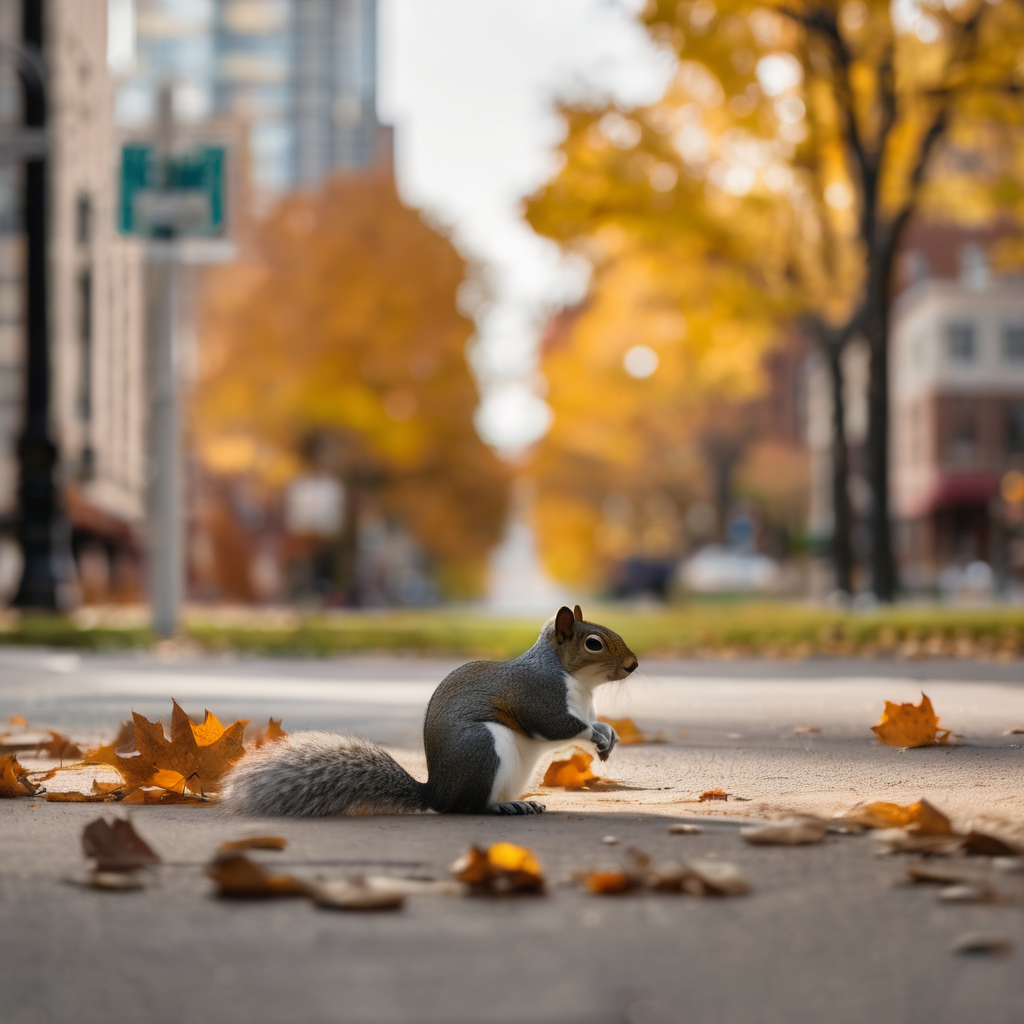Nearly two years after the “Chicago Rat Hole” became an internet sensation, scientists have provided a surprising clarification regarding the imprint’s origin. Contrary to the popular belief that it was a rat, recent research indicates that the creature responsible for the infamous “splat” is most likely a squirrel.
According to a study published in the journal Biology Letters, there is a 98.67% probability that the imprint was made by a squirrel. The research was led by Michael Granatosky, an evolutionary biomechanist at the University of Tennessee, Knoxville. Initially, Granatosky believed the print belonged to a rat, but upon closer examination of the size and shape of the imprint, particularly the dimensions of the “hands” and head, he began to reconsider. “It created a zoological mystery,” he remarked.
The rat hole captured the city’s attention in early 2024, attracting visitors from all over Chicago. People left offerings of coins and shots of Malort, while others even chose the location to get engaged or married. The hole became a symbol for a local softball team and inspired numerous tattoo designs. When city crews filled the hole overnight in what citizens dubbed an act of “ratribution,” local residents quickly intervened to excavate it again.
Granatosky’s intrigue stemmed from the imprint’s viral popularity and the ongoing debate about its origin. Although he planned to take a 3D scan of the hole, city workers had already removed the slab of sidewalk containing the imprint when he began his research. The city had pledged to preserve the hole, but has not yet revealed a permanent display location.
Without access to a physical sample, Granatosky and his team utilized various social media photos and news reports of the hole, alongside measurements from the coins left by visitors as scale references. They examined common species in the area and studied mammal specimens from museum collections, leading to a statistical analysis that pointed to a larger rodent, specifically a tree squirrel, as the most likely culprit. They concluded that it was either an eastern grey squirrel or a fox squirrel, both prevalent in Chicago.
This discovery not only clarifies the origins of the Chicago Rat Hole but also serves as a cautionary note for paleontological research. Granatosky noted, “We can say a lot about dinosaur imprints, but some of those interpretations are filled with errors.” Despite the lighthearted subject matter, he hopes that this research will inspire curiosity and encourage scientists to find joy in their work.
Granatosky emphasized that engaging articles like this can help make science feel more accessible, stating, “The scientific community shouldn’t be afraid to write these types of articles. We should be having fun with science.” Through this playful yet serious inquiry into the Chicago Rat Hole, the researchers have contributed to a greater appreciation for the intriguing wildlife that shares urban spaces with humans.
